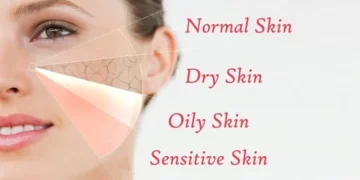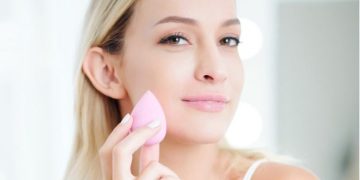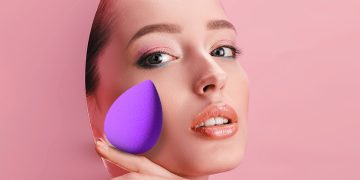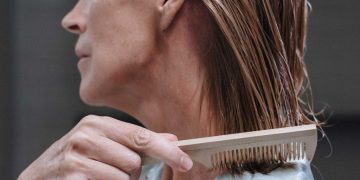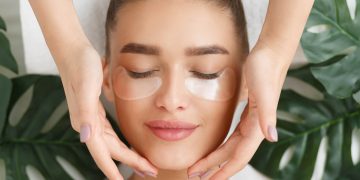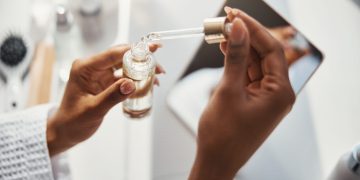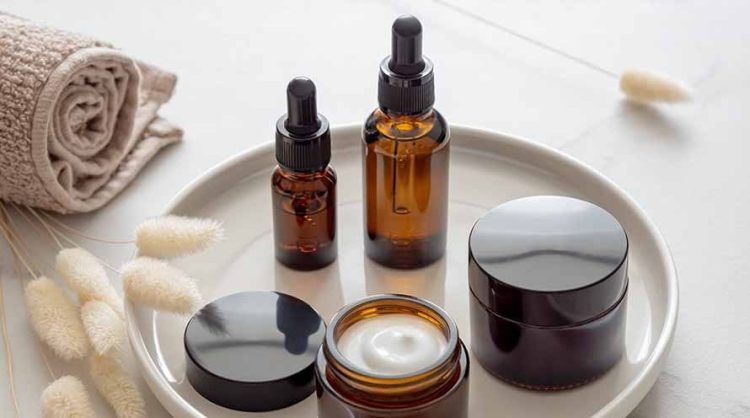Acne is one of the most common and frustrating skin concerns that many people face at some point in their lives. Whether it’s occasional breakouts or chronic acne, finding an effective routine that helps combat this issue can significantly improve the appearance and health of your skin. While there is no one-size-fits-all solution, adopting a consistent skincare routine tailored to your skin’s specific needs can help reduce acne and prevent future flare-ups. In this article, we’ll explore tips and tricks for reducing acne with targeted skincare products and routines.
1. Understand the Causes of Acne
Before diving into specific skincare routines, it’s important to understand the factors that contribute to acne. Acne occurs when hair follicles become clogged with excess oil, dead skin cells, and bacteria. These blockages create an environment where acne-causing bacteria thrive, leading to inflammation and breakouts. Several factors can trigger acne, including:
- Excess Oil Production: Overactive sebaceous (oil) glands can lead to excess oil on the skin, which can clog pores.
- Hormonal Changes: Fluctuating hormones, especially during puberty, menstruation, pregnancy, or stress, can lead to increased oil production.
- Bacteria: The bacteria Propionibacterium acnes (P. acnes) can multiply in blocked pores, causing inflammation and acne lesions.
- Clogged Pores: Dead skin cells, makeup, and other impurities can clog pores, leading to breakouts.
- Diet and Lifestyle: Certain foods, high-stress levels, and lack of sleep can also influence acne flare-ups.
With this knowledge in mind, it’s easier to choose the right products and make informed decisions about skincare routines.
2. Start With a Gentle Cleanser
One of the first steps in any acne-fighting routine is using a gentle cleanser. While it might be tempting to use harsh scrubs to scrub away acne, over-exfoliating or using too harsh a cleanser can irritate the skin, making acne worse. Choose a cleanser that is formulated for acne-prone skin and that helps to remove excess oil, dirt, and impurities without disrupting your skin’s natural barrier.
Look for cleansers with ingredients like:
- Salicylic Acid: A beta-hydroxy acid (BHA) that penetrates deep into the pores to help dissolve oil and dead skin cells.
- Benzoyl Peroxide: An ingredient known for killing acne-causing bacteria and reducing inflammation.
- Tea Tree Oil: A natural antibacterial that helps fight acne-causing bacteria and calm inflammation.
Use your cleanser twice a day—once in the morning and once at night—so that your skin stays clean without being over-dried.
3. Exfoliate Regularly, But Gently
Exfoliating is an essential step for acne-prone skin as it helps remove dead skin cells that can clog pores. However, it’s important to choose a gentle exfoliator to avoid skin irritation. Over-exfoliating can lead to dryness, redness, and further breakouts.
Choose chemical exfoliants over physical exfoliants (scrubs with beads or grains). Chemical exfoliants like AHAs (alpha hydroxy acids) and BHAs (beta hydroxy acids) are more effective in breaking down dead skin cells and helping to prevent clogged pores. For acne-prone skin, salicylic acid is particularly effective as it penetrates deeply into the pores to clear away debris.
Frequency: Depending on your skin’s tolerance, exfoliate 1-3 times a week. Start slow, and always monitor how your skin reacts. If irritation occurs, reduce the frequency.

4. Use Targeted Treatments for Acne
After cleansing and exfoliating, it’s essential to target acne directly with treatments that help treat breakouts. There are a variety of products that specifically target acne and reduce inflammation, such as spot treatments, serums, and masks.
Some key acne-fighting ingredients to look for include:
- Benzoyl Peroxide: Great for killing acne-causing bacteria and reducing inflammation. It can be found in spot treatments or acne creams.
- Salicylic Acid: A go-to ingredient for exfoliating the inside of pores, helping to clear blockages.
- Niacinamide: An anti-inflammatory ingredient that helps reduce redness and swelling associated with acne.
- Sulfur: Often found in masks or spot treatments, sulfur helps to absorb excess oil and reduce acne lesions.
Application Tips: Apply acne treatments to areas prone to breakouts, focusing on spots or areas where you tend to have persistent acne. If you’re using a treatment like benzoyl peroxide, make sure to apply a thin layer to prevent drying out the skin.
5. Moisturize to Maintain Skin’s Hydration
It’s essential to use a moisturizer even if you have oily or acne-prone skin. Dehydration can trigger the skin to produce even more oil, leading to clogged pores and breakouts. The key is choosing a lightweight, non-comedogenic (won’t clog pores) moisturizer that helps maintain hydration while balancing oil production.
Look for moisturizers that contain:
- Hyaluronic Acid: A hydrating ingredient that draws moisture into the skin without adding oil.
- Glycerin: Another hydrating ingredient that helps maintain the skin’s moisture barrier.
- Aloe Vera: A soothing ingredient that can help calm inflamed skin and reduce redness.
Tip: If your skin is excessively oily, look for gel-based moisturizers or oil-free formulas that hydrate the skin without feeling greasy.
6. Protect Your Skin with Sunscreen
Sunscreen should always be the last step in your morning skincare routine. Sunscreen is essential for protecting the skin from harmful UV rays, which can worsen acne scarring and pigmentation. Additionally, some acne treatments, such as benzoyl peroxide and salicylic acid, can make your skin more sensitive to sunlight, increasing the risk of sunburn and further damage.
Look for sunscreens with:
- Broad-Spectrum Protection: To protect against both UVA and UVB rays.
- Non-Comedogenic Formulas: To ensure that the sunscreen won’t clog your pores.
- Oil-Free Formulas: For a lightweight feel that won’t exacerbate oil production or acne.
Tip: Apply sunscreen every day, even when indoors, as UV rays can penetrate windows and still affect your skin.
7. Be Consistent and Patient
Consistency is key when it comes to treating acne. The products you use need time to work, so it’s important to be patient and stick with your skincare routine for at least 4 to 6 weeks to see noticeable improvements. It’s tempting to switch products quickly if you don’t see immediate results, but jumping from one product to the next can irritate your skin and worsen acne. Stick with a routine, and give the products time to show results.
Additionally, avoid picking at your acne, as this can lead to scarring and further breakouts.
8. Consider Professional Treatments for Persistent Acne
For persistent or severe acne that doesn’t respond to over-the-counter treatments, it may be worth considering professional treatments. Dermatologists can offer prescription-strength products, as well as procedures like:
- Chemical Peels: To exfoliate the skin and remove dead cells, reducing the risk of clogged pores.
- Laser Therapy: To target acne-causing bacteria and reduce inflammation.
- Prescription Medications: Like oral antibiotics or retinoids, which can help address more severe acne.
Consult a dermatologist to determine the best course of action for your specific skin condition.
Conclusion
Combatting acne requires a consistent and tailored approach to skincare. By incorporating the right products and following a routine that addresses the root causes of acne, you can reduce breakouts and promote clearer, healthier skin. Start with gentle cleansing, exfoliating, and moisturizing, and add targeted acne treatments that work for your skin type. Be patient, stay consistent, and remember to protect your skin from the sun. If acne persists, don’t hesitate to seek professional help from a dermatologist to explore additional treatments. With dedication and the right routine, clear skin is within reach.



